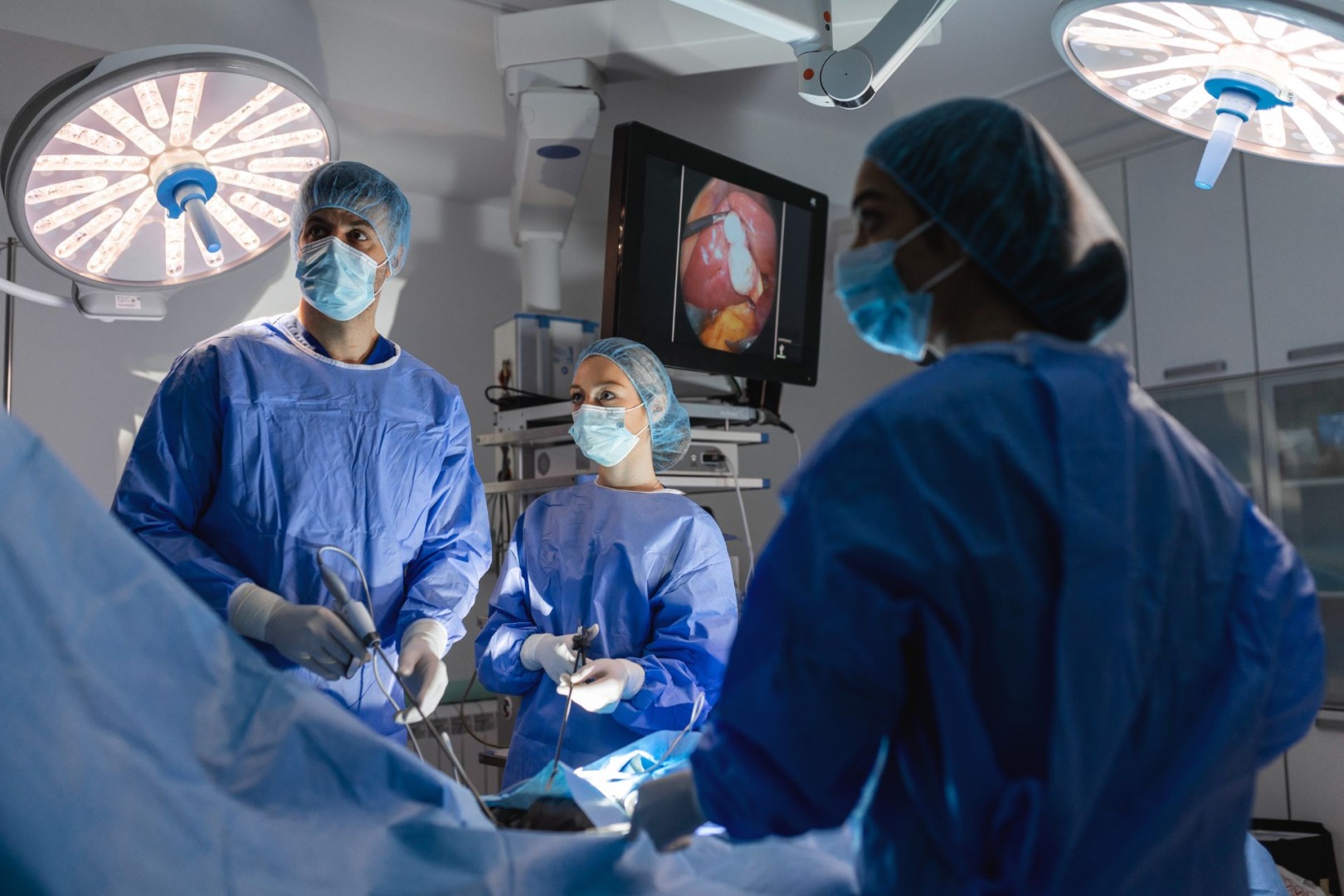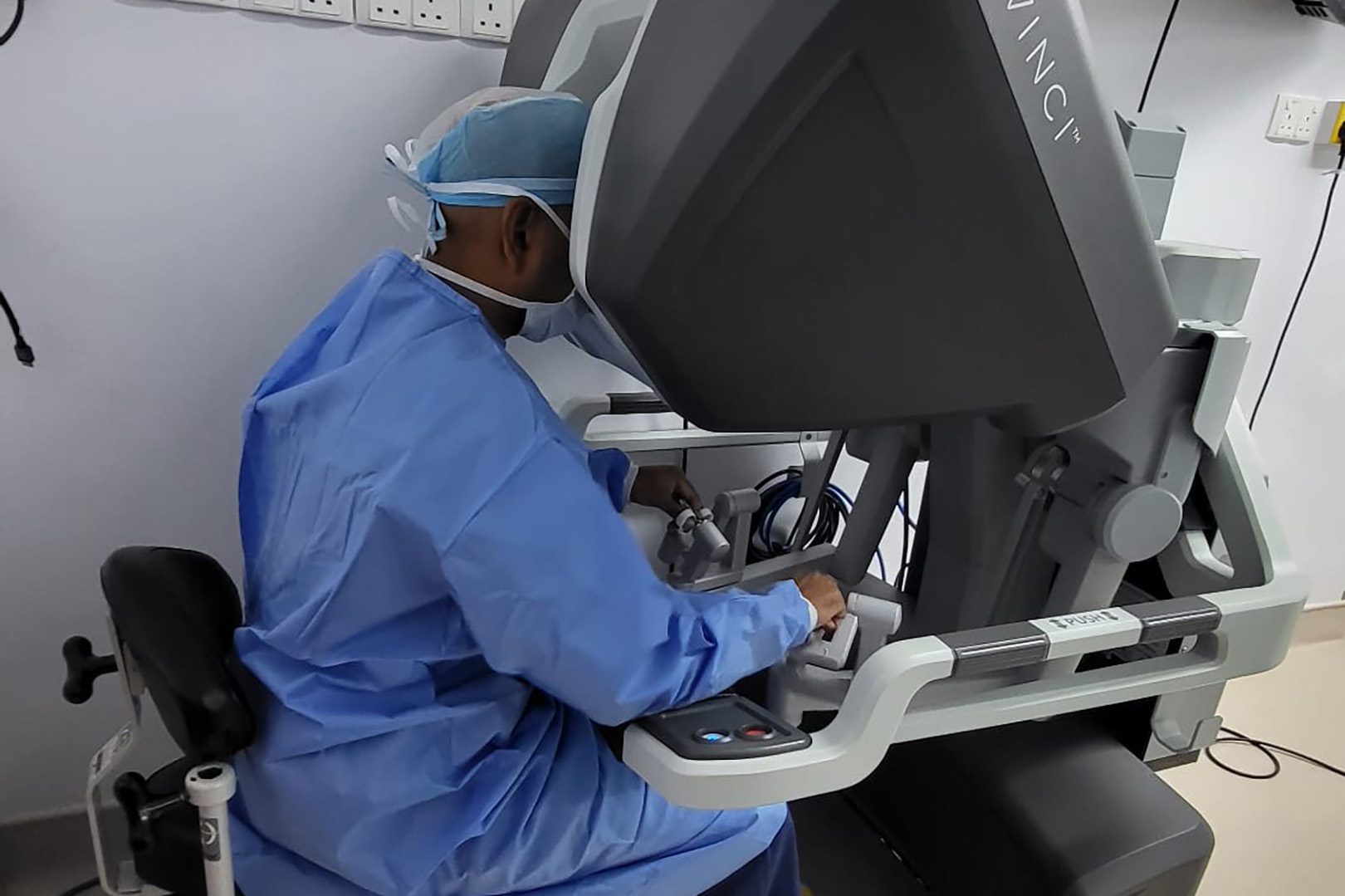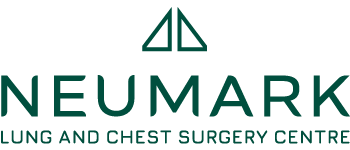Robotic-Assisted Thoracoscopic Surgery (RATS) and Video-Assisted Thoracoscopic Surgery (VATS) are minimally invasive surgical procedures commonly used to treat lung cancer. Both RATS and VATS allow for anatomical resection associated with radical lymph node dissection, which is crucial for effective treatment. However, RATS offers several technical advantages over VATS, including the ability to mimic an open approach and perform lung resection with greater precision.

One of the primary benefits of RATS is its potential to improve lymph node dissection. The robotic platform provides a three-dimensional, high-definition view of the operative field, allowing surgeons to identify better and dissect lymph nodes. This can lead to more accurate staging and improve survival rates. However, the debate surrounding RATS and VATS nodal up-staging remains ongoing, with conflicting results reported in the literature.
When comparing the outcomes of RATS and VATS in resectable non-small cell lung cancer, despite the theoretical advantages of RATS, results do not show any significant difference in survival rates between the two procedures. This finding is consistent with other studies that have also failed to demonstrate the superiority of RATS over VATS in terms of survival.
Several factors may contribute to the lack of difference in survival rates between RATS and VATS. One possibility is that the technical advantages of RATS may translate to improved outcomes in some patients. Additionally, the learning curve associated with RATS may affect the results, as surgeons may require more experience to utilise the robotic platform fully.
While RATS offers several technical advantages over VATS, no conclusive literature demonstrates any significant difference in survival rates between the two procedures. Further research is needed to fully understand the benefits and limitations of RATS and VATS in lung cancer treatment
The Main Advantages of RATS over VATS
Robotic-Assisted Thoracic Surgery (RATS) offers several advantages over Video-Assisted Thoracic Surgery (VATS) in lung cancer surgery.
One of the primary benefits of RATS is the reduction in blood loss, which can lower the need for blood transfusions and reduce the risk of complications. Additionally, RATS has a lower conversion rate to open surgery than VATS, meaning fewer patients require conversion to open thoracotomy during the procedure.
A study highlighted that RATS is associated with more harvested lymph nodes and stations, which can improve the accuracy of cancer staging and potentially improve survival rates. Furthermore, RATS is linked to a shorter duration of postoperative chest tube drainage, which can reduce the risk of complications and improve patient comfort. Patients undergoing RATS also tend to have a shorter hospital stay, which can reduce healthcare costs and improve patient recovery.

Overall, RATS is associated with a lower overall complication rate compared to VATS, which can improve patient outcomes and reduce healthcare costs. The robotic platform also provides better ergonomics for surgeons, reducing fatigue and improving surgical precision. RATS offers high-definition, three-dimensional visualisation, which can improve the accuracy of surgical dissection and reduce the risk of complications.
Long-Term Complications Associated with RATS Compared to VATS
The long-term complications associated with Robotic-Assisted Thoracic Surgery (RATS) and Video-Assisted Thoracic Surgery (VATS) are distinct and warrant consideration.
While both procedures are considered safe and effective, studies have shown that RATS may have some long-term complications not seen with VATS.
For instance, RATS has been linked to a higher long-term mortality rate compared to VATS, particularly for small tumours (≤20 mm), and an increased risk of death, especially for patients with Stage 1 NSCLC. Additionally, RATS has been associated with lower overall survival rates than VATS, although the difference was not statistically significant.
On the other hand, VATS has a higher conversion rate to open thoracotomy compared to RATS, which can lead to increased morbidity and mortality and is associated with more blood loss and longer hospital stays.
Ultimately, the choice of procedure depends on the individual patient’s needs and the surgeon’s expertise. Further studies are needed to understand the long-term complications associated with RATS and VATS fully.
When facing a lung cancer diagnosis, consult a thoracic surgeon like Dr Harish Mithiran, director at Neumark Lung & Chest Surgery Centre and senior consulting surgeon at Gleneagles and Mt. Alvernia Hospitals in Singapore. He can provide personalized guidance and care, helping you make informed decisions about your treatment. A skilled surgeon can navigate the best course of action for your unique situation, leading to better outcomes and an improved quality of life.

